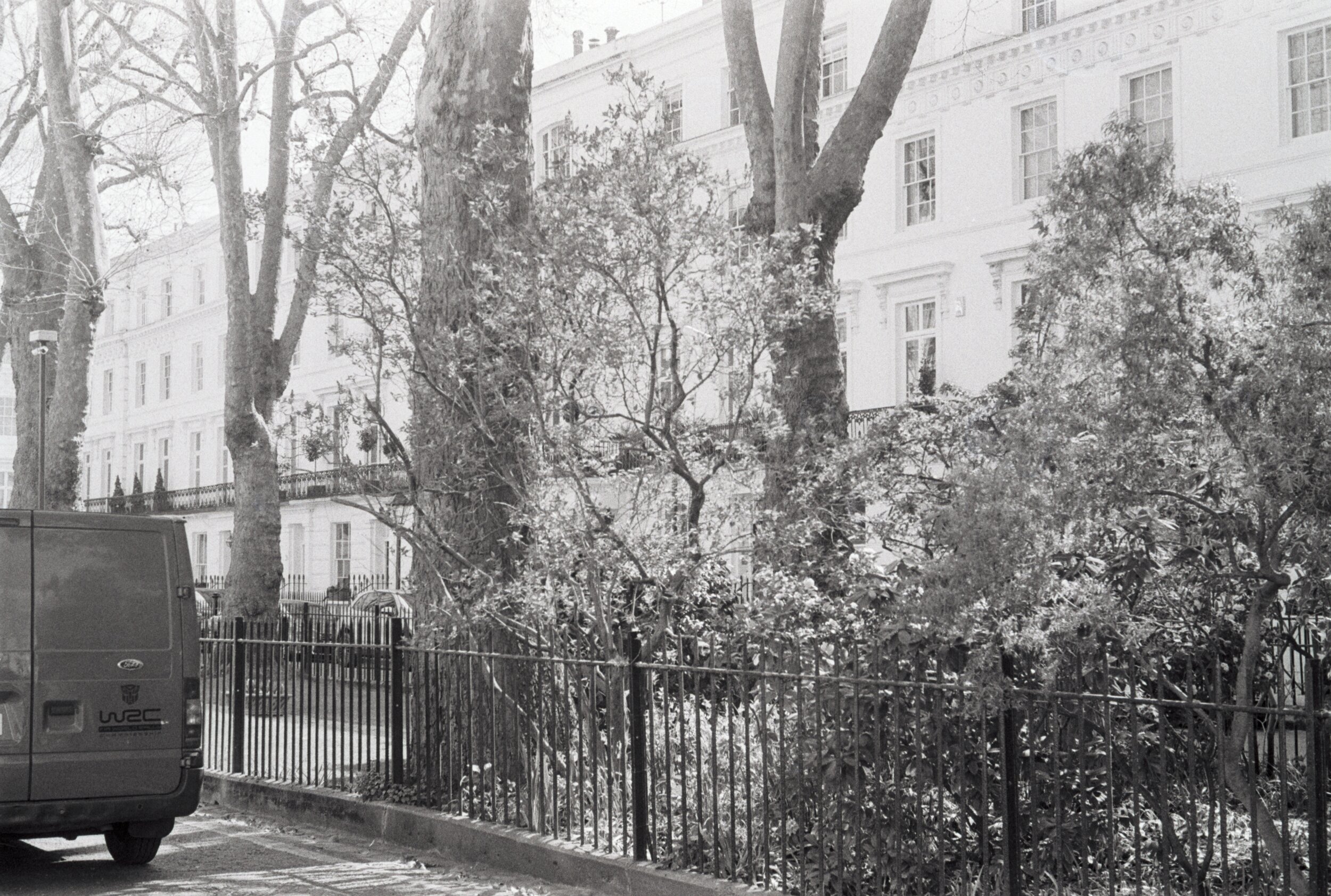
James Bond’s Flat
A 00 bolt hole
James Bonds’ home address appears on the big screen in several cinematic versions of the spy. It is where, in Dr No, Sylvia Trench rather bizarrely breaks into his home, puts on one of his shirts and starts playing golf on the carpet whilst waiting for him to arrive. Admittedly, she was smitten by perhaps the most famous line in film history (“Bond, James Bond”) but it is odd behaviour that it took several decades for Bond to repeat with his questionable decision to break into a shower in Skyfall with a woman who has been sex trafficked (class move Bond).
The flat is also responsible for one of the greatest Bond scenes of all time. In Roger Moore’s first outing as the spy, Bond is at home when M and Moneypenny arrive – unfortunately he has been womanising so distracts M with a coffee. Using an espresso machine.
M looks on in amazement (“is that all it does?”), so does the modern audience. Bond strolls around wearing the most ridiculous pale yellow dressing gown monogrammed with “JB”. He ends the remarkable insight into his life by undressing the girl (hidden in the coat cupboard by this point) with his Q branch magnetic Rolex (“sheer magnetism darling”).
What is interesting though is that these flats reflect Fleming’s original written description of Bond as a traditionalist. The Live and Let die set (save for the ridiculously 1970s kitchen) is wooden panelled (looking more like a Pal Mall club than an actual home). The Dr No version has some questionable prints of horses on the wall and appears more like an upper-class Grandma’s abode than the bolt hole of the suave secret agent who jets around the world.
The big question remains where was the fictional flat supposed to be? Well Bond author William Boyd says he has the answer. In the novel Moonraker, Bond is living in a "comfortable flat in a plane-tree’d square off the King’s Road,". Looking at the other geographical hints, Boyd has identified Wellington Square as the location in question.
Interestingly, Chelsea in the 1950s and 1960s was not the well-heeled area it is today. Although some streets have always been affluent (Cheyne Walk where Fleming lived with his mother until well into his 20s) others were poor and badly bomb damaged. Bond’s choice of location was probably largely down to its convenience (his written personality being one that favoured practicality over pretty much anything else) and the desire to keep a relatively low profile.
So which house did Bond live in? Boyd thinks it was 25 Wellington Square. It was where Desmond MacCarthy lived, the chief book reviewer of the Sunday Times and a leading member of the Bloomsbury Group. Fleming knew him and would likely have visited the house numerous times for some of the famous parties held there. Today, it is difficult to image Bond in this area. Red trousers, an older cliental and a truly hideous fountain in the central square garden make it more Roger Moore in A View To A Kill than Daniel Craig but it is interesting to imagine what the area might have been like in the 1960s when it was the centre of swinging London.
British secret agents clearly had preferential mortgage treatment in this area as George Smiley, John le Carre’s creation, lived almost opposite at number 9 Bywater Street. It is hard to imagine two more unlikely neighbours, one the epitome of spycraft, psychological interrogation and Cold War skill and the other, a spy who gives his real name to villains whenever asked. Regardless, it is well worth a visit to this area of London to have a look at the social side of the fictional secret service.
